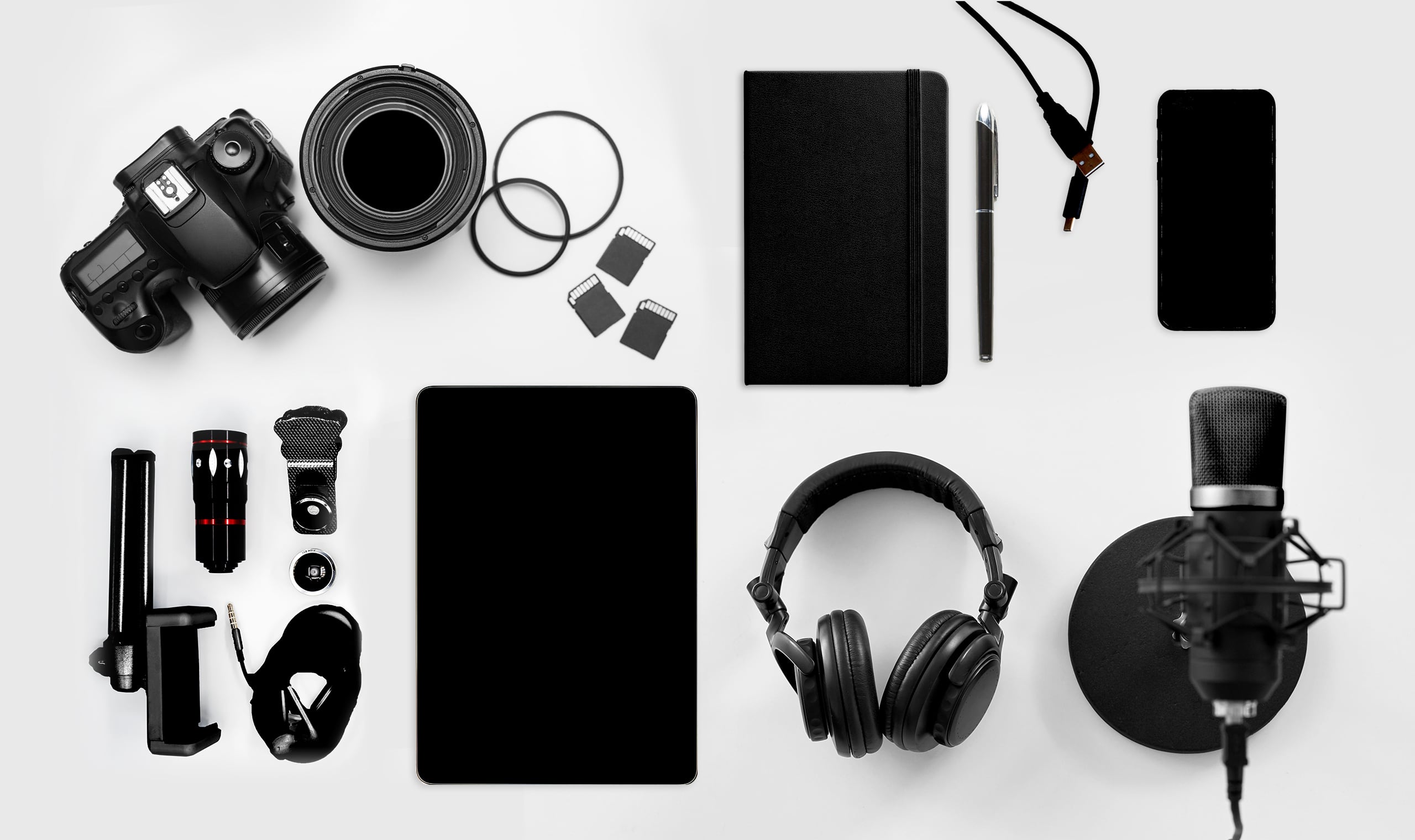We’re fortunate as marketers to work in a wildly creative industry, one that allows us to tell countless compelling stories of all the different kinds of brands we partner with. Creating those stories often affords us opportunities to work with the best tools and the best talent, and to travel to inspiring locations that bring all that work to life. In many ways, these luxuries have become baked in to our creative processes in the name of aspiration and engagement.
But what if we can’t work that way anymore?
The reality of our industry has changed almost overnight. We creatives need to change with it so that we can keep making for our clients, for our teams and, frankly, for our own companies in order for us all to survive this crisis. Now is the time to reevaluate our process and start to really look at what we have available to us to create in this new environment. We need to be resourceful in new ways. To quote philosopher, adventurer and mullet aficionado MacGyver,
“Imagination is the most important tool the human mind has.”
Let’s unleash our inner MacGyvers to keep making great work in this new normal. Creative constraints always lead to opportunity and innovation. Look at what’s happening all around us today, and you’ll see businesses reinventing themselves in real time. Breweries are delivering beer to homes, distillers are switching to hand sanitizer production and so many others are finding a way to keep making in increasingly relevant ways to address new needs and mindsets. What can we learn from these other industries, and how can we apply that spirit of ingenuity for our customers?
Let’s break down some ways to start rethinking the creative challenges we all may be facing:
1. Look for the alternative route: It’s easy for a project to hit a roadblock and be stopped in its tracks. Many of the large projects planned before social distancing likely involved shoots with crews, talent and locations, but all that is out the window at the moment. There are other ways to produce; some of these in combination can create equally powerful results. Maybe a video series becomes a podcast, or an event that was going to happen in real life migrates online as a virtual hangout.
2. Low-Fi is now Hi-Fi: While some of you will certainly miss the magic of developing ideas and treatments that result in a production crew bringing anything in your storyboards to life on a set or location (as well as tasty craft services on shoot days or the bottomless jars of M&Ms in your edit suite), consider for a moment just how powerful that device that fits in your pocket you call a smartphone really is. Sure, as brand communicators we have been creating authentic content for social campaigns with our phones’ cameras for a while now, but that “amateur” recording device may now be the best way to capture authenticity and honesty for your brand voice at a time when it may be best received. Brands need more truth and transparency, especially when their audiences are craving connection. So consider your iOS and Android devices as legitimate hand-held production studios.
3. Audio: Never underestimate the power of a great voice-over. The right VO can transform animation, stock footage or stills into an emotionally resonant story. Most voice work happens remotely and can provide an extra layer of craft to any piece. And with sites like voices.com, getting great talent is affordable for any budget.
If you need music, there are loads of stock sites to go mining for gems. Another option to consider is reaching out to local musicians to license a track or have something new composed. There are a lot of talented people under the radar (and currently not gigging out) who might welcome a chance to have their work featured commercially. It’s also a great way to give back to a creative community that has been devastated by this pandemic.
4. Animation: This art form has a range that takes us from the simple to the deeply artistic and visual styles that vary as widely as our imaginations. Animation can be informational, whimsical, emotional and so much more. The tools available make it more accessible from both budget and production timing standpoints. Animation can also be executed remotely with each part coming together separately.
5. CGI: It’s a tool we take for granted sometimes, but we can create anything and make it look real AF. In this moment when we may not have studios for product shoots or can’t get out for a location, is there another way to bring it to life that you have not thought about? It can be the basis of animation or used as a surrogate for still photography.
6. Stock Piles: An early challenge likely to crop up is imagery. Before going into stock sites, think about your own archive. All the extra shots, the b-roll and assorted imagery that get captured on a shoot but never get used might have new life in a project you’re working on today.
If you have relationships with photographers and videographers, see what they may have in their archives. Their stockpile of extras and personal projects could also be a resource to provide custom imagery. User Generated Content, if curated and licensed properly, can also provide powerful ingredients for your branded communications. For licensing UGC content without having to navigate the universe of content across all social channels and arrange for commercial releases with the creators yourself, check out the collection curated and made easily licensable by www.jukinmedia.com.
When all else fails, there is stock imagery and footage. But you can take advantage of more than just the usual and typical sources. As an example, The Smithsonian has millions of images in the public domain. Traditional stock sites can also be a reliable resource. Compositing and editing stock images and footage inventively can produce something new and original. Licensing may just be the first step. Get inventive, and push your process to ensure that the result is fresh.
We have been talking a lot about working around problems or with available resources, but there is still so much that can be created without compromise. Craft still matters. Typography can be an elegant and creative solution to convey your message. Illustration can deliver powerful craft cues and storytelling unbound by the physics of the real world.
As artists we have countless skills and tools at our fingertips that we can use to make work under any circumstances. At this moment the world needs art more than ever.
Get inventive, and push your process to endure that the result is fresh.
The way we work has changed. It’s a challenge we need to rise to meet, not only for ourselves as creators but also for our teams, clients and communities. The more of us who can keep work moving in even small ways, the more others can keep working in bigger ones. We need to lean into this moment, for when it passes, we will all be better artists for it.


